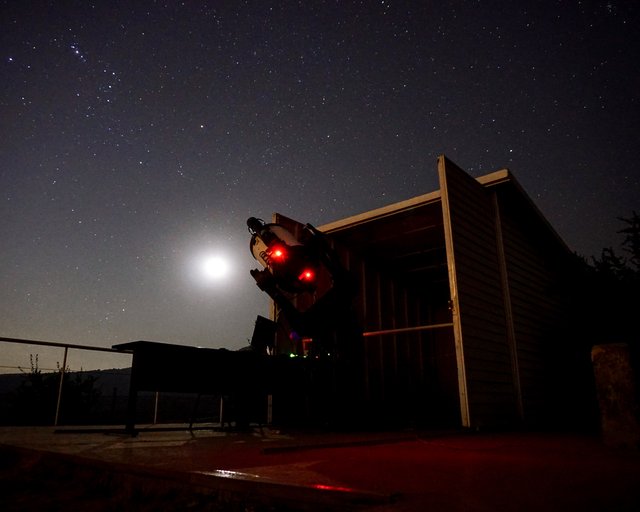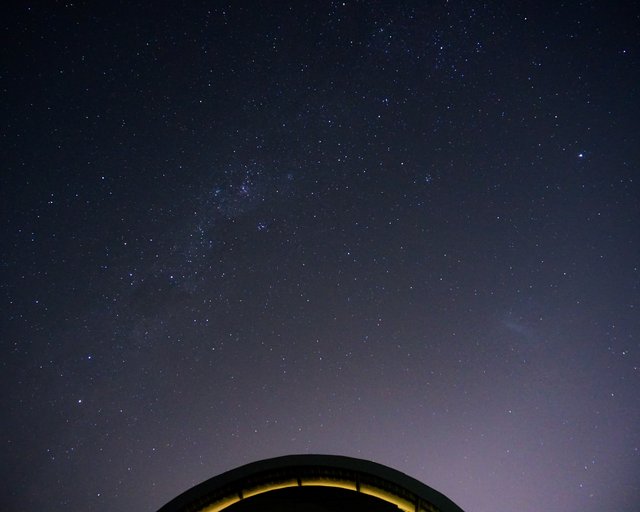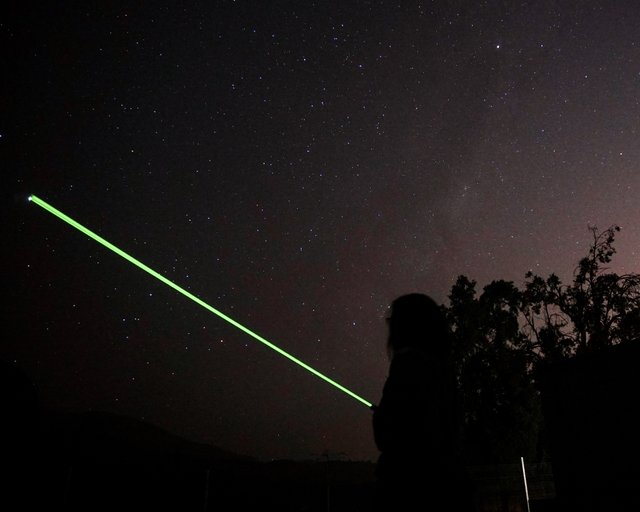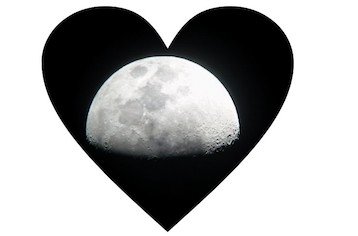We are a way for the universe to know itself“
Carl Sagan.

This is one of my favorite citations by Carl Sagan and has accompanied me through the last years. Even though I have studied astrophysics, I only really experience that there is this huge and beautiful universe out there when I go observing (for fun, because for work it is another matter 😜). I have been to several observation nights with friends. You can imagine such a night like this: you make an appointment with a few friends, check the weather forecast and the moon, and then you need either a friend who has a portable telescope or you go to a student observatory 😊

During my recent time in Chile I was very unlucky with weather conditions, even in the Atacama desert we had clouds and full moon. It really was my dream to see the Southern sky, since I’m from the Northern hemisphere. On my second last night in Chile my dream finally came true and a friend of a friend took me to an observatory in the Andes close to Santiago. I have never tried astrophotography before, since I did not have a camera, but now the time has come… here are my first tries. It is still a long way to reach these impressive night sky pictures where you can see the milky way in its full beauty, but we had a lot of fun trying the different adjustments and I hope that I can soon do it again.

🌟 The next time when you are outside in the dark, don’t forget to look up and admire the stars! 🌟
And if you have a camera with you, but have never tried to take a picture of the night sky before, here are the essential that helped me:
🌝 Thanks for reading 🌝

My dear @marthastardust, I just love this post of yours. You made me feel been there staring at the stars. I don't know, if those pictures are perfect, I just know I like them very much. Once again you surprised me, you have studied astrophysics. You are an amazing lady. May your life continue to be that awesome.
Downvoting a post can decrease pending rewards and make it less visible. Common reasons:
Submit
Thanks a lot for your thoughtful comment 💕 it is always worth staring at the stars!
Downvoting a post can decrease pending rewards and make it less visible. Common reasons:
Submit